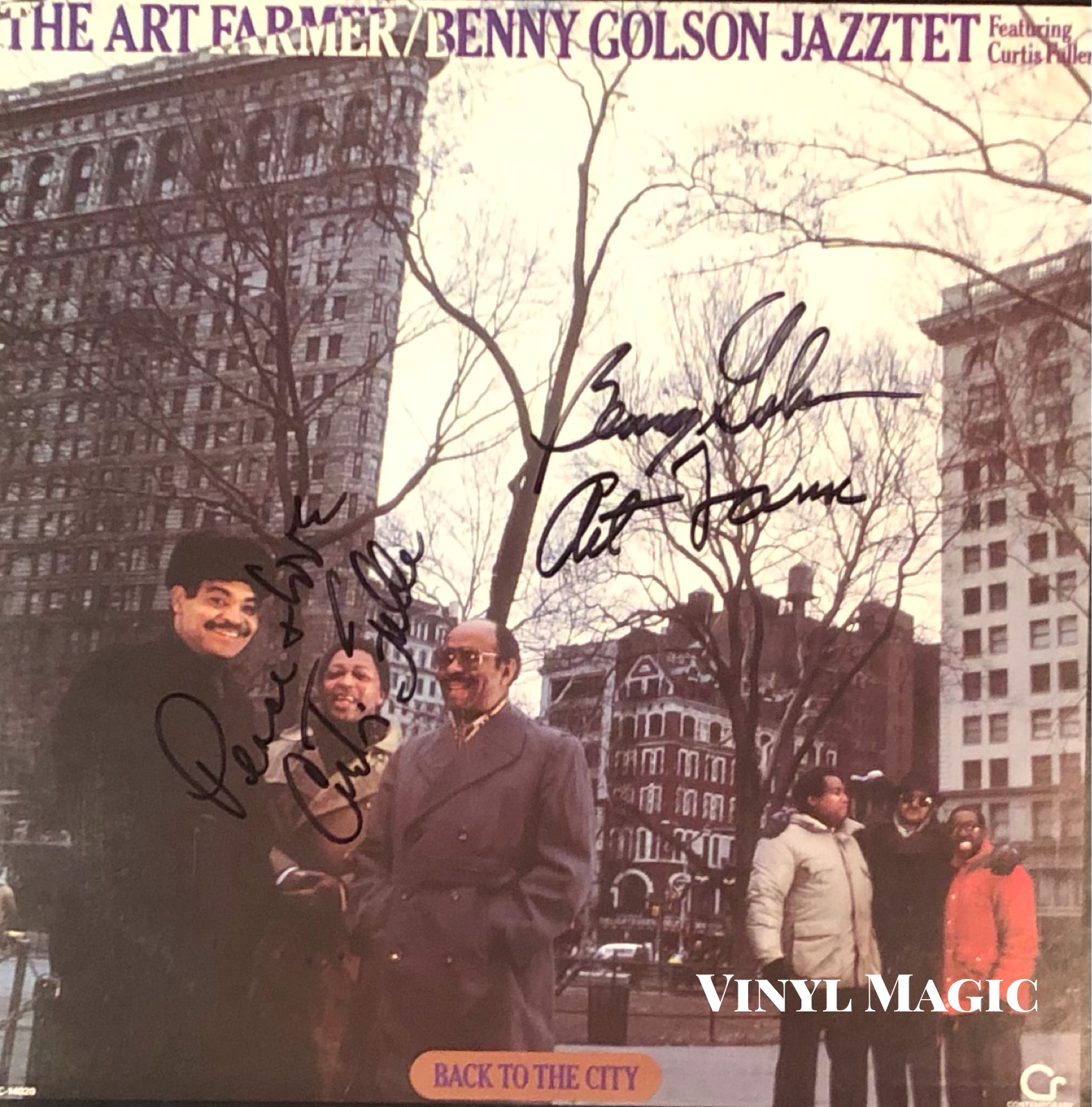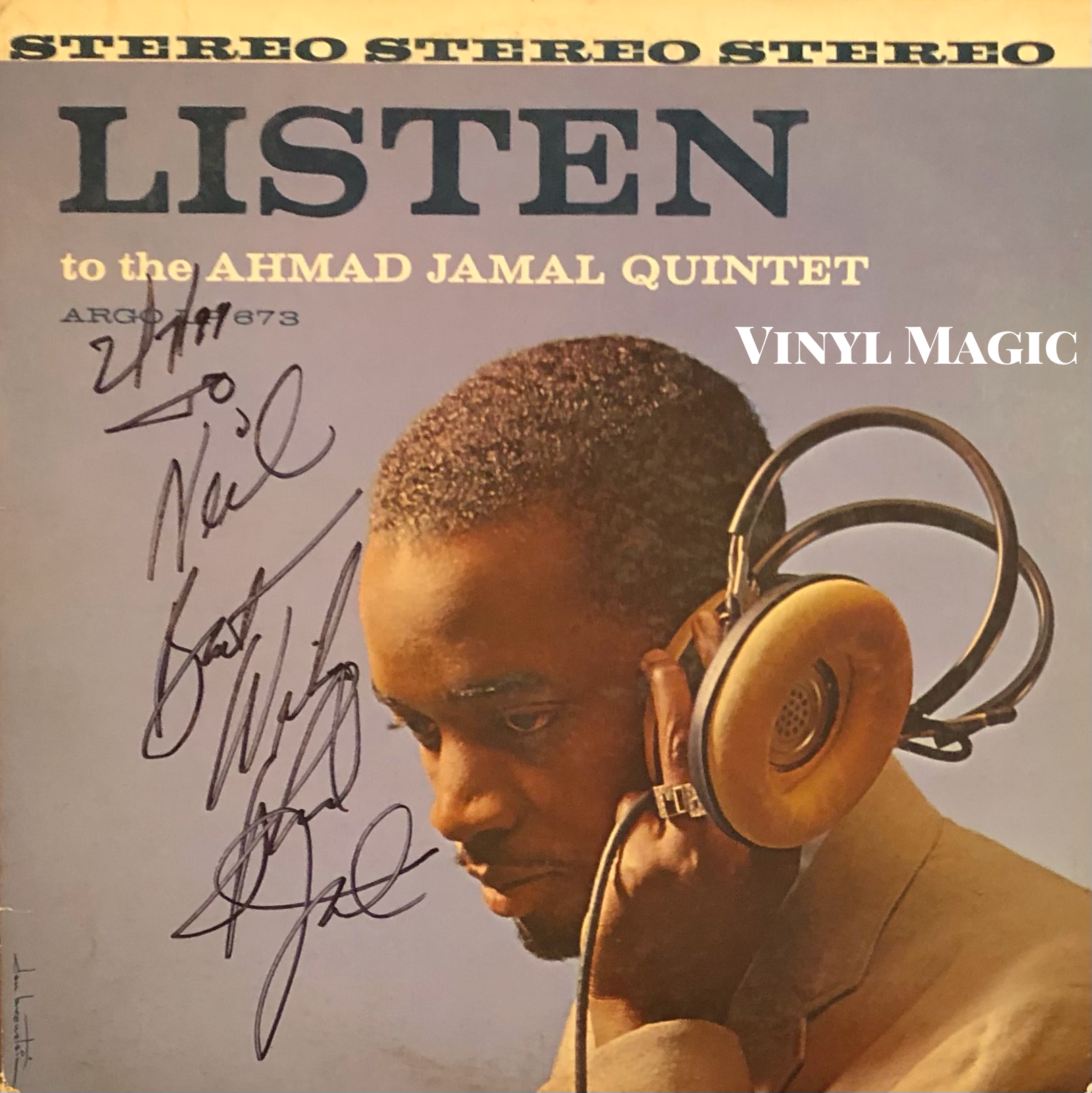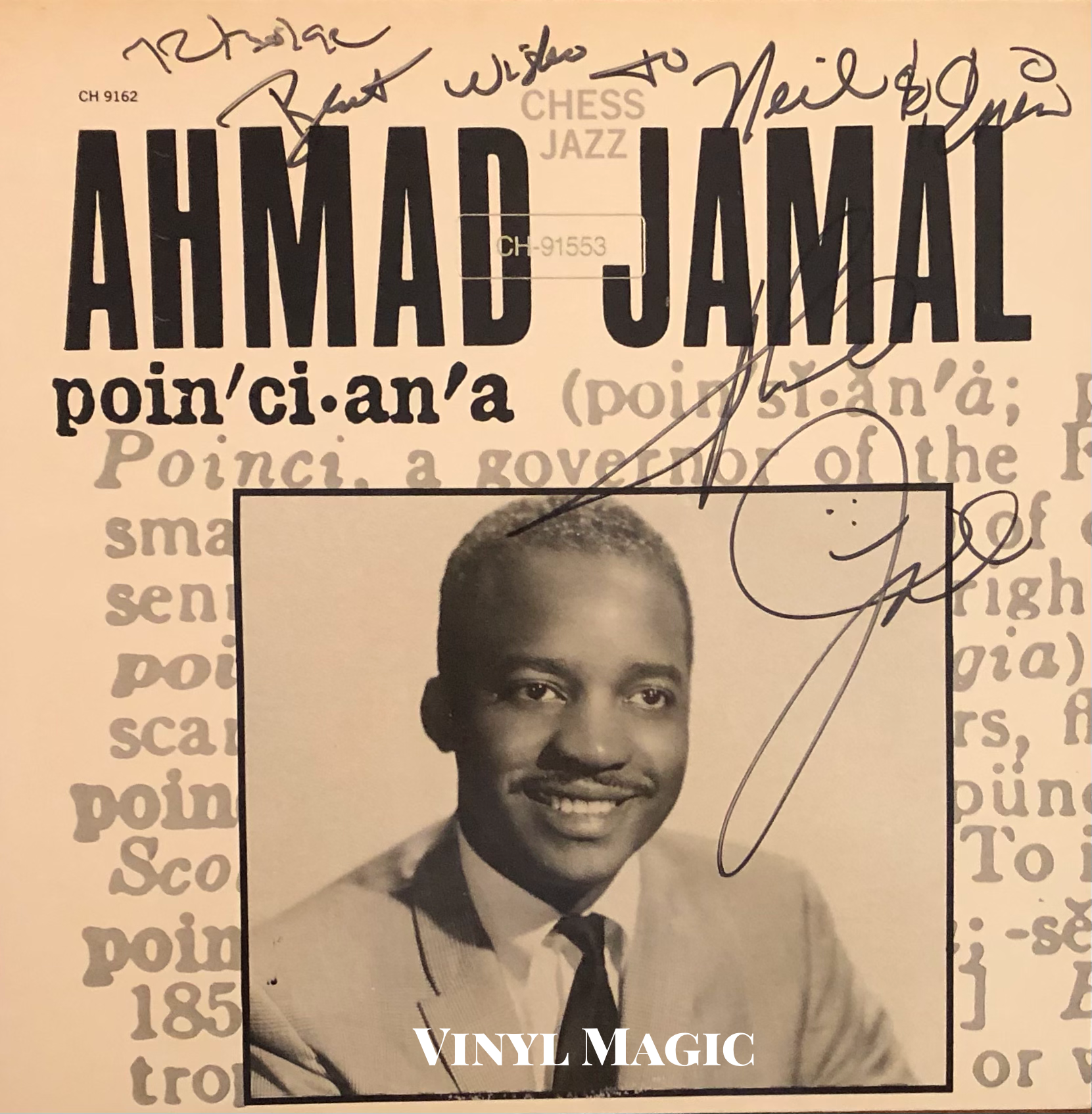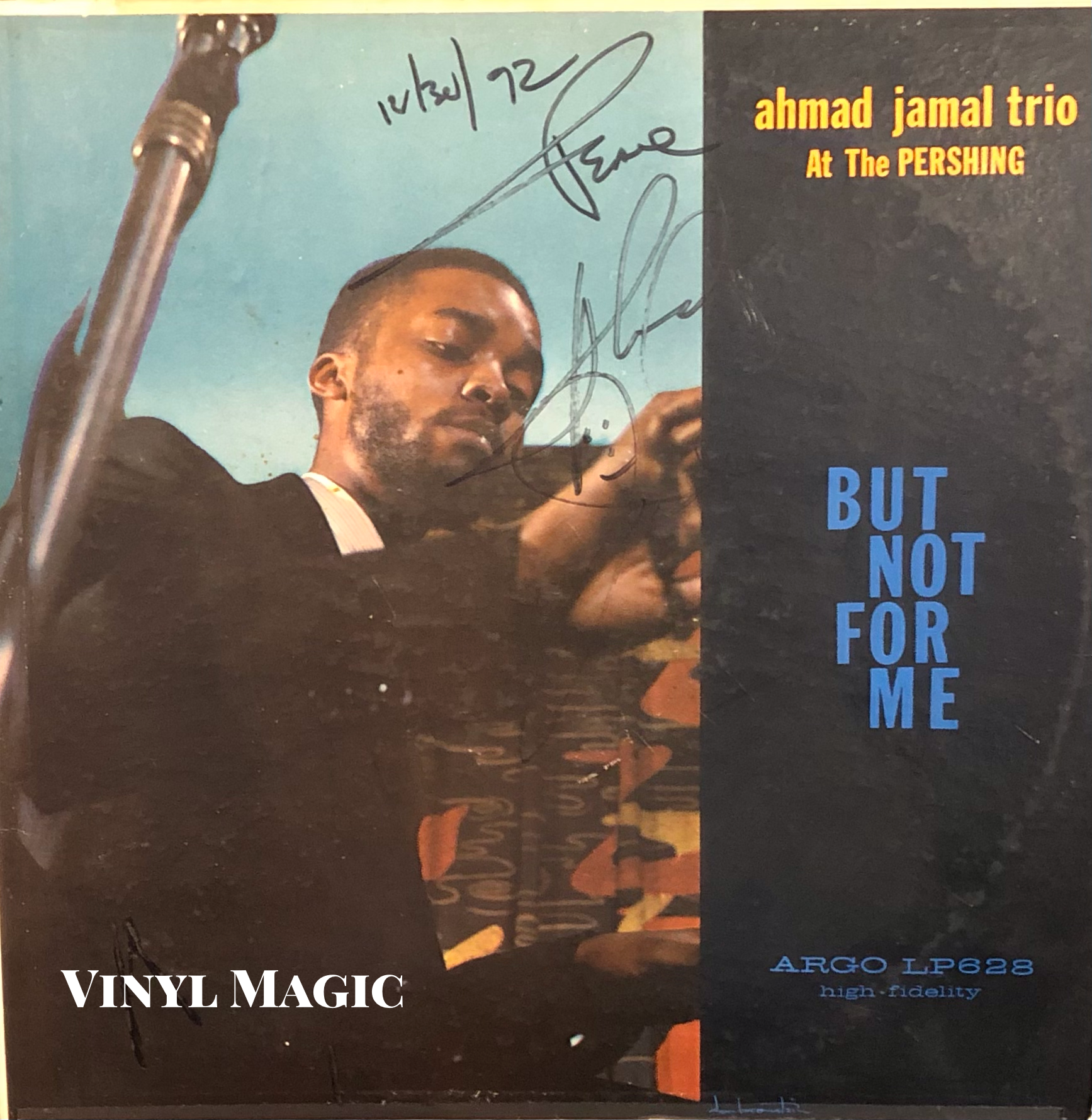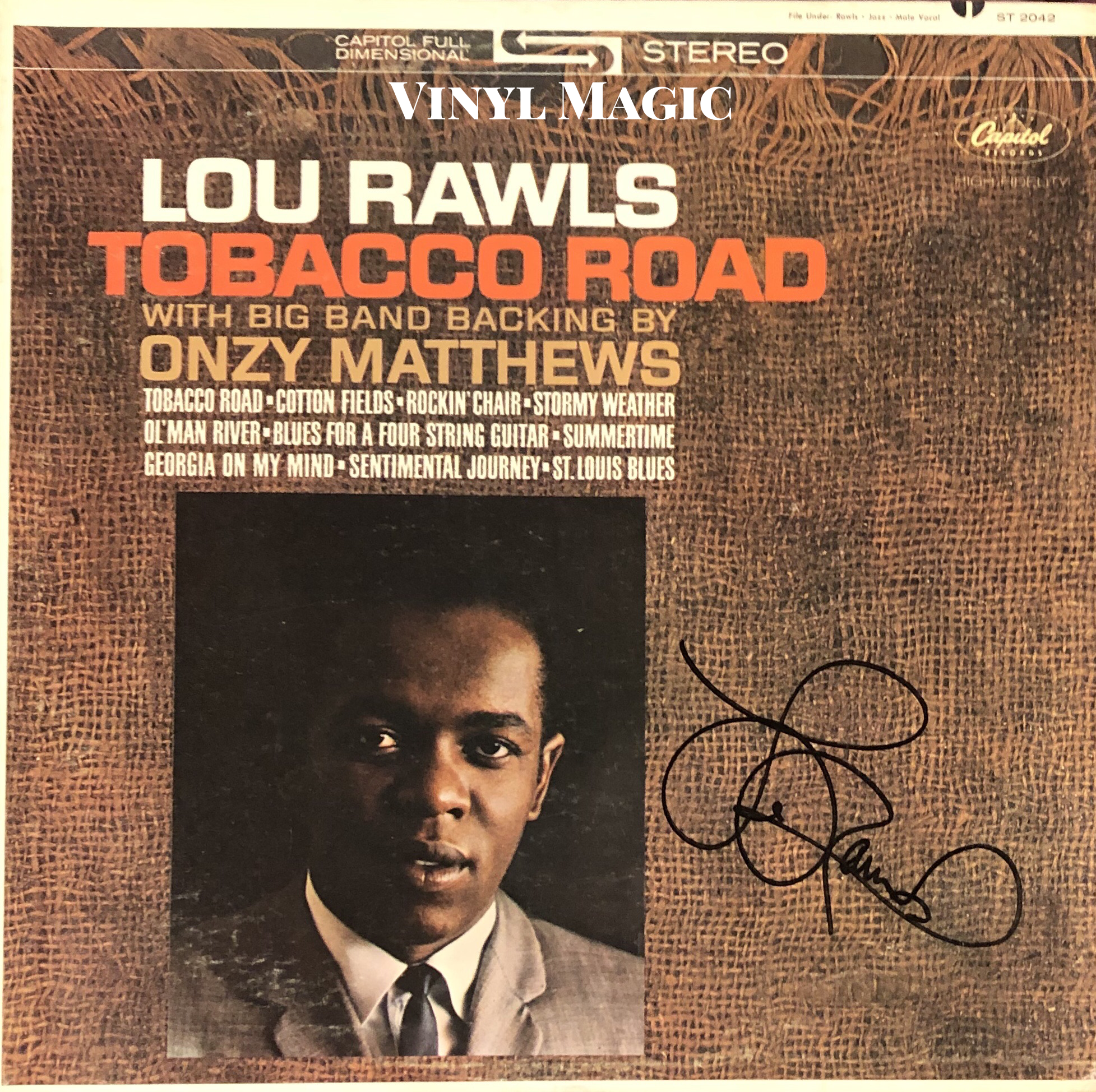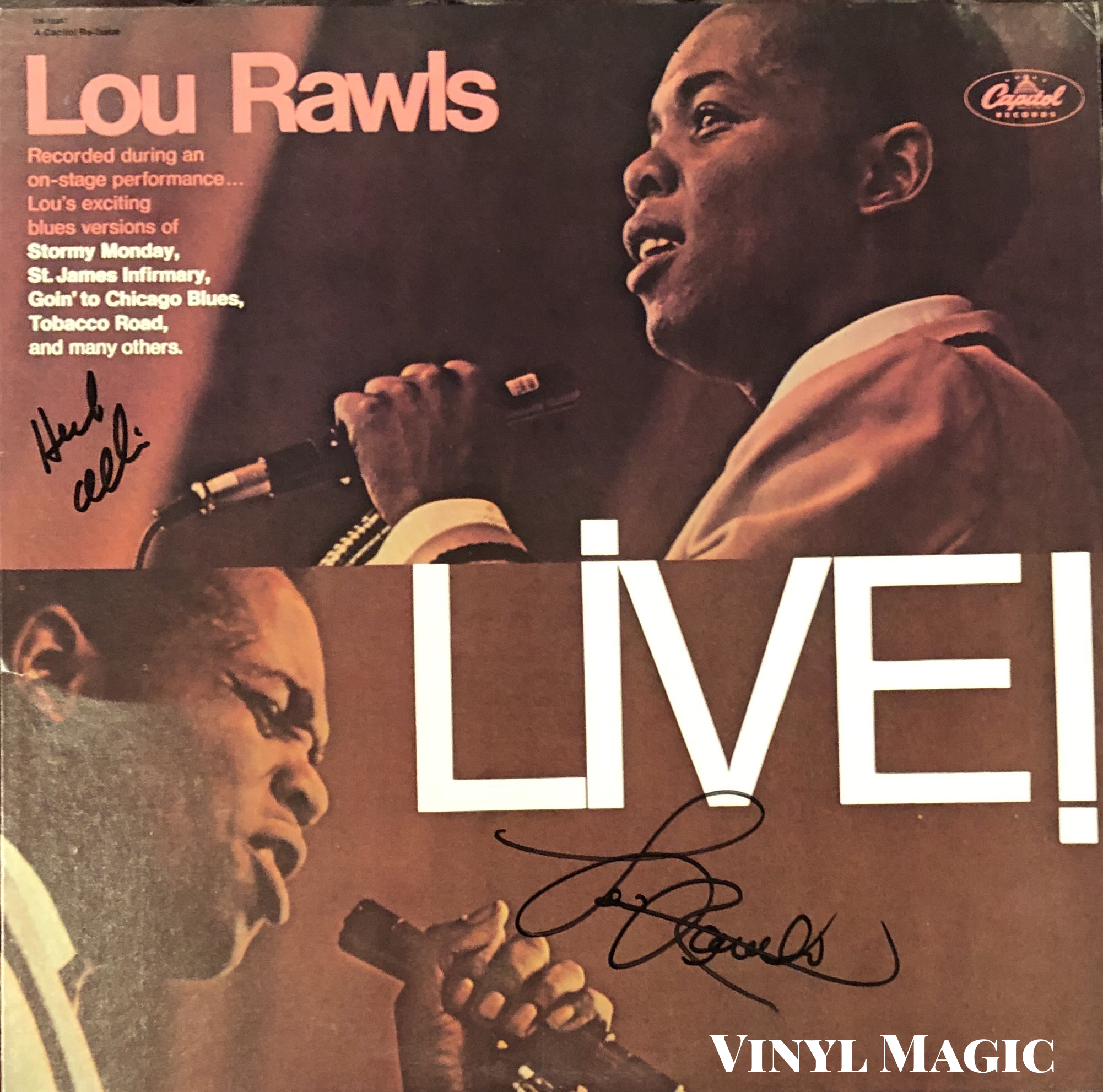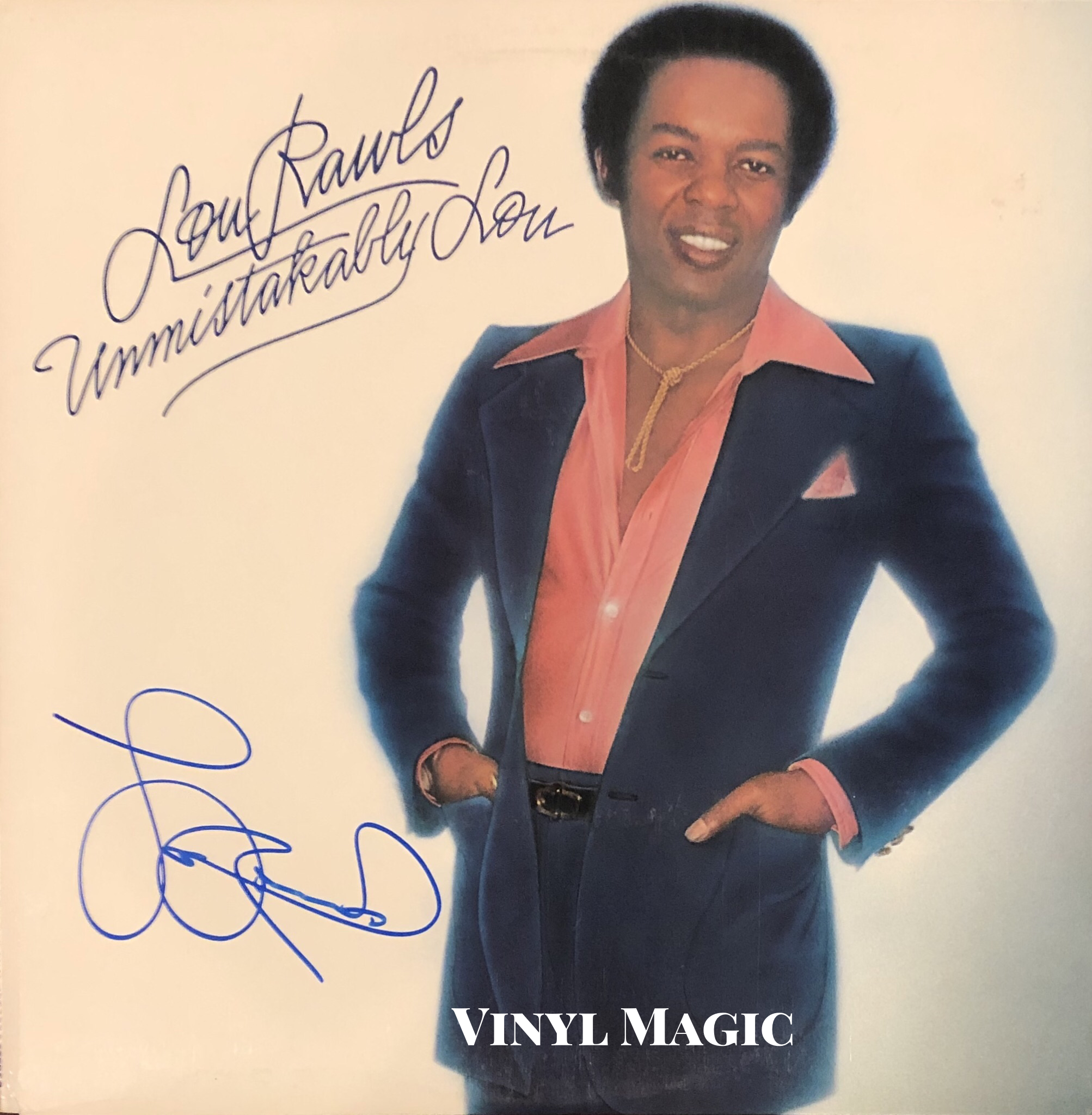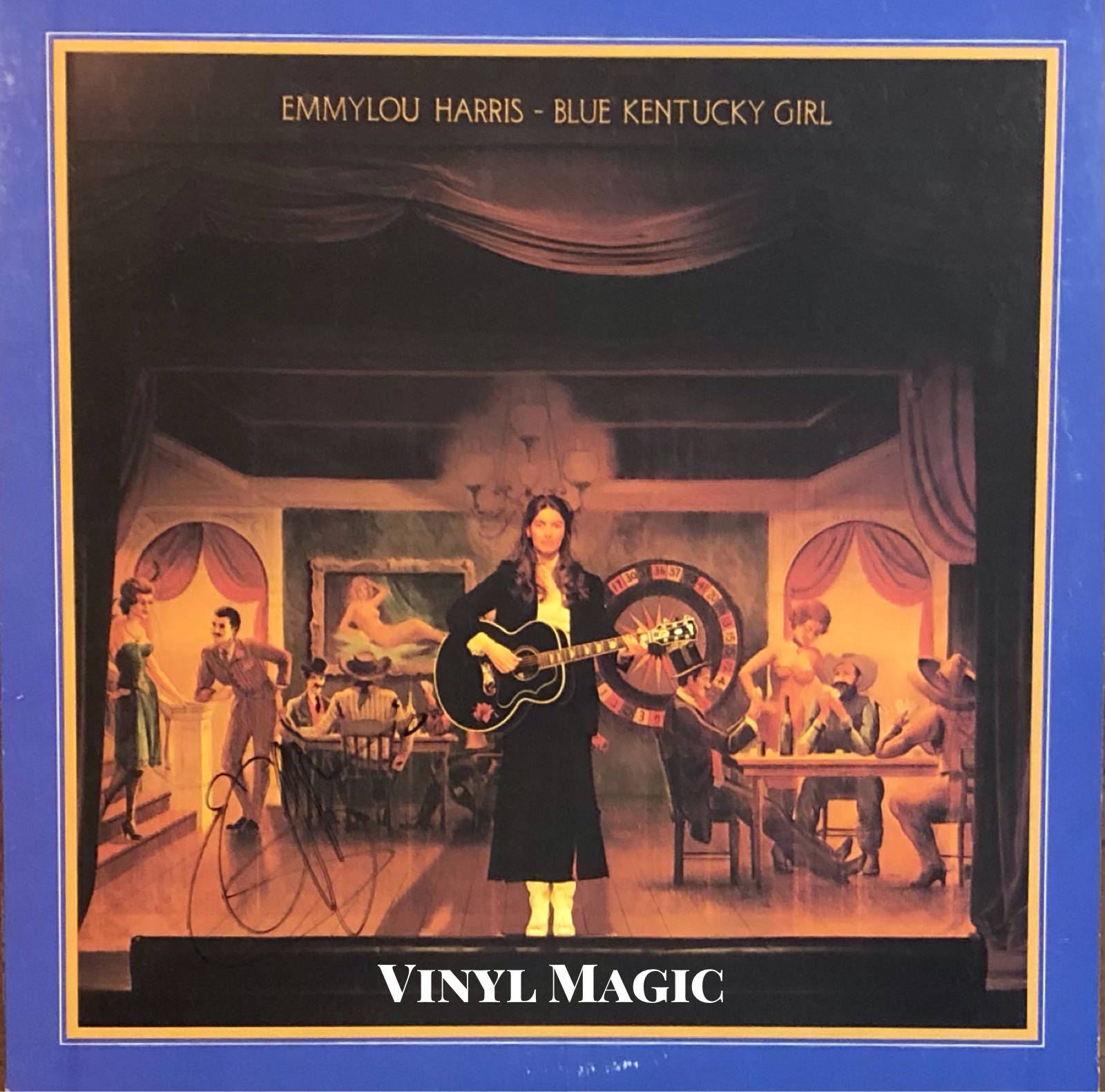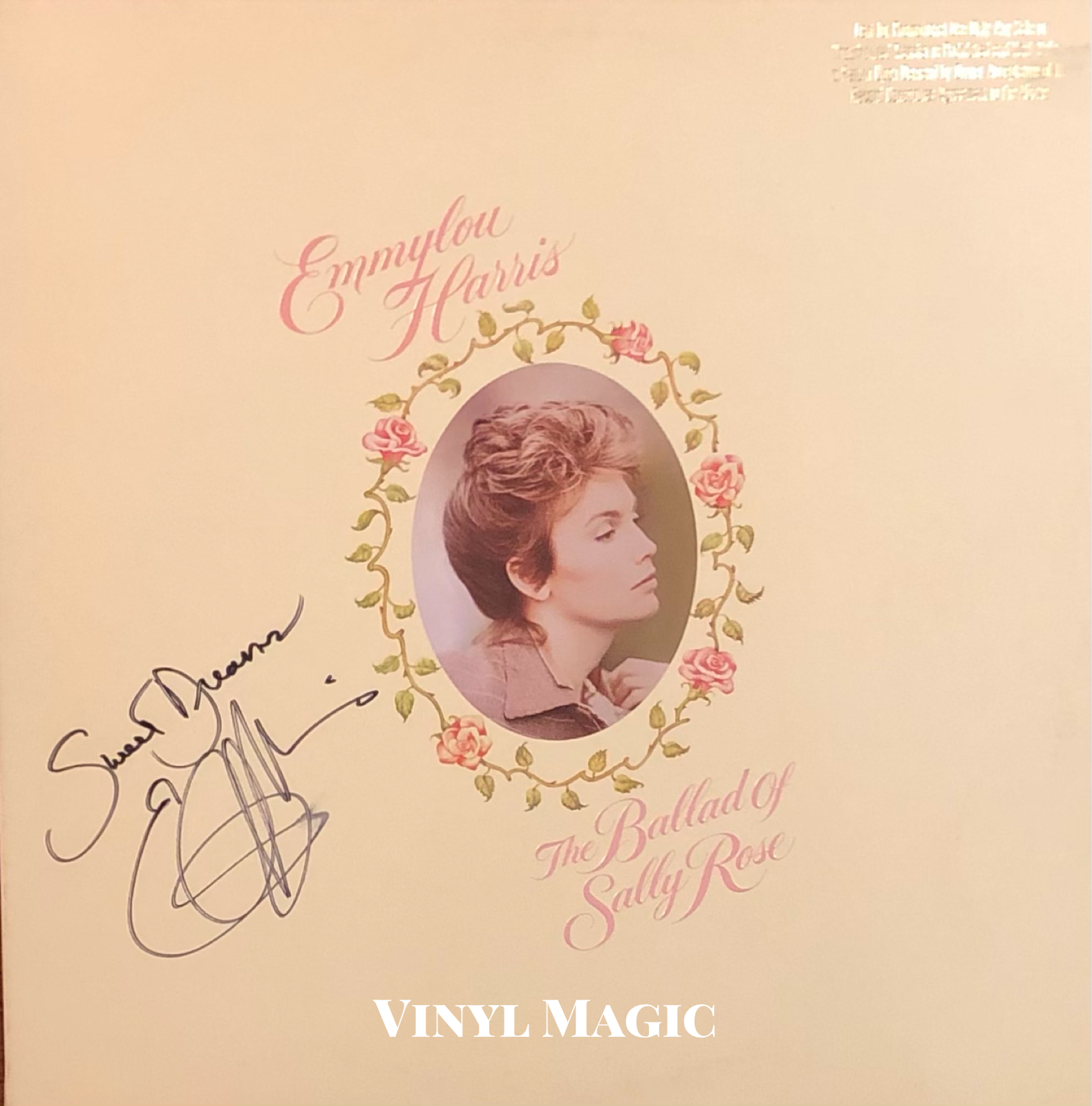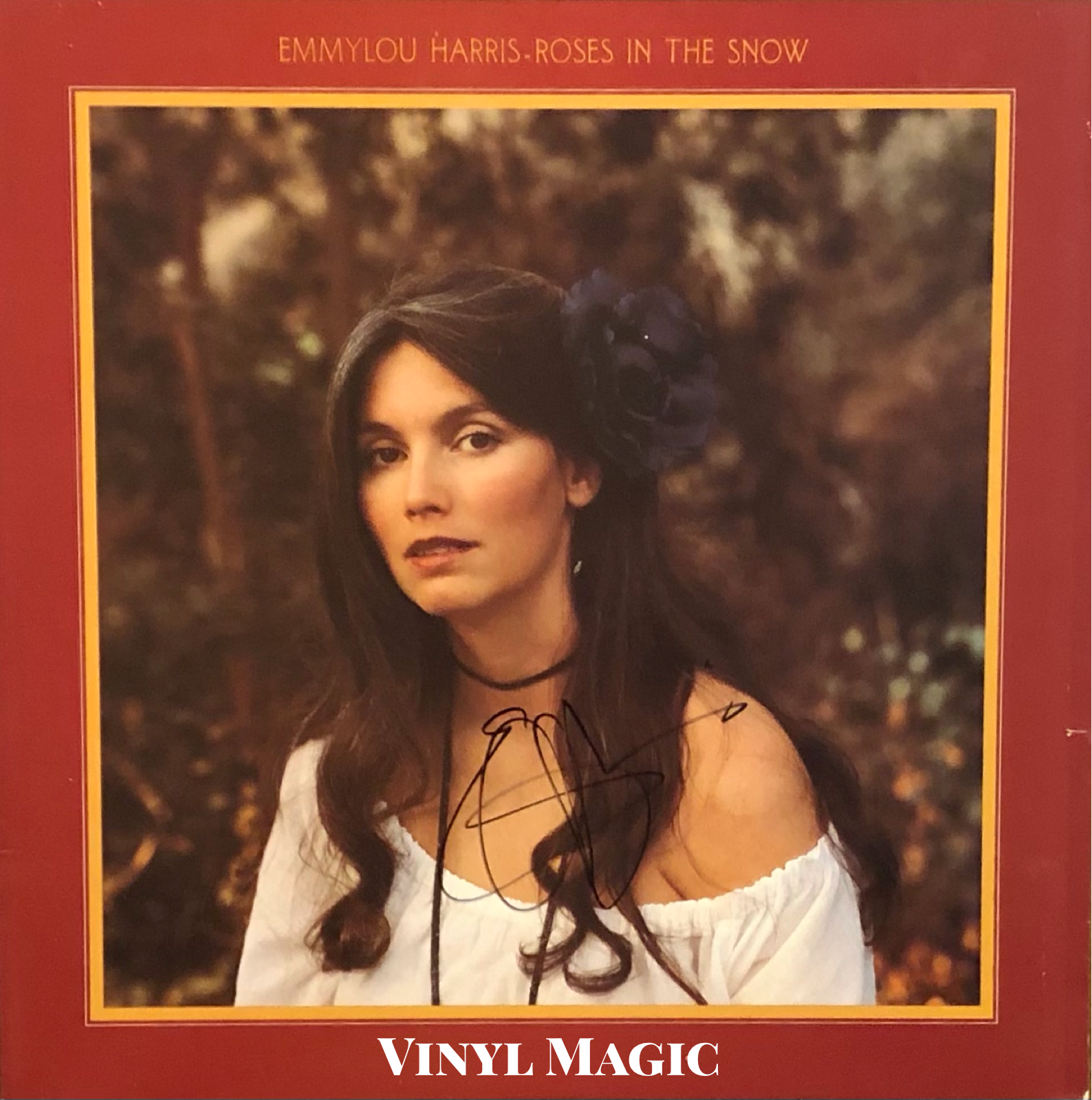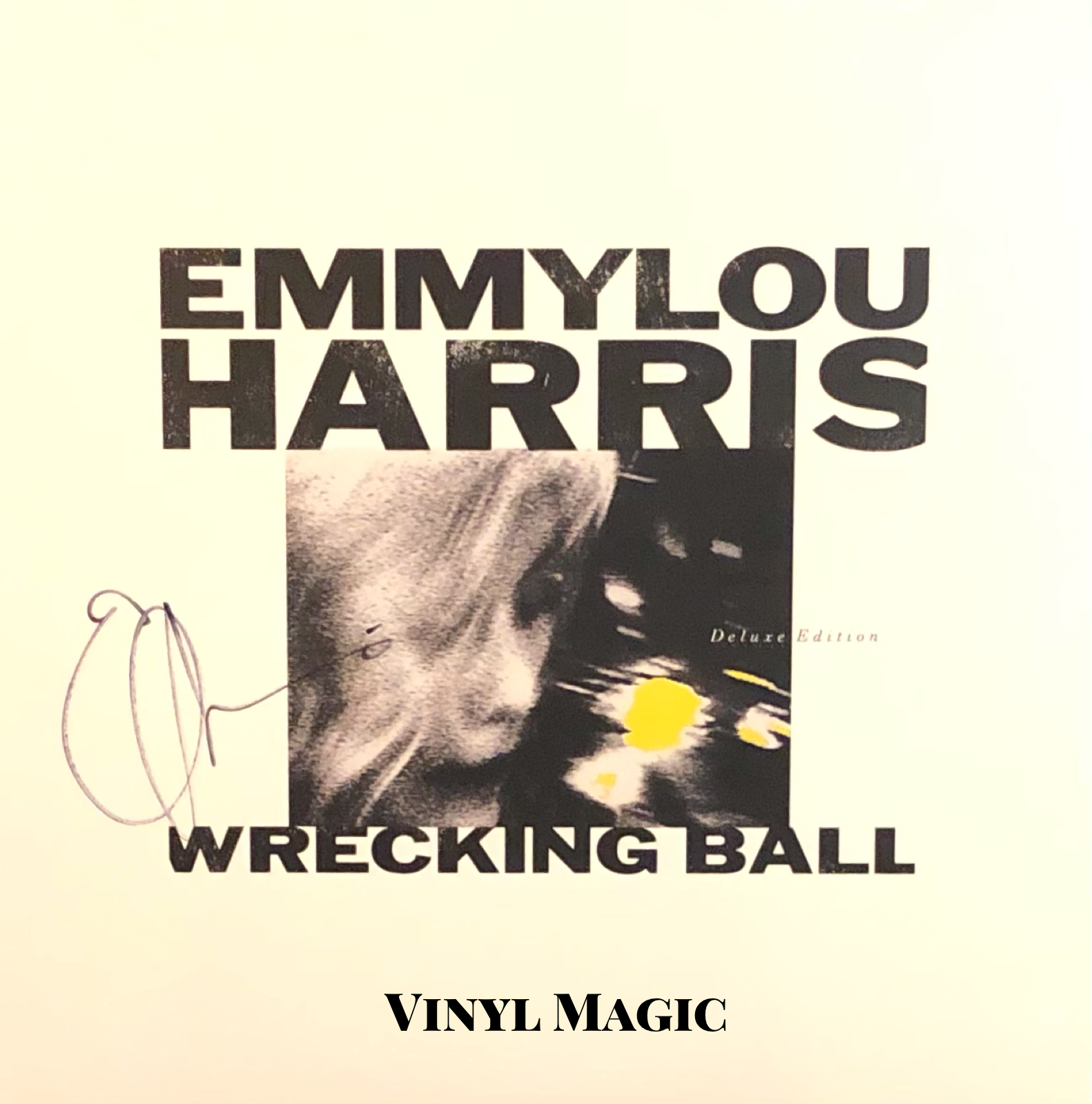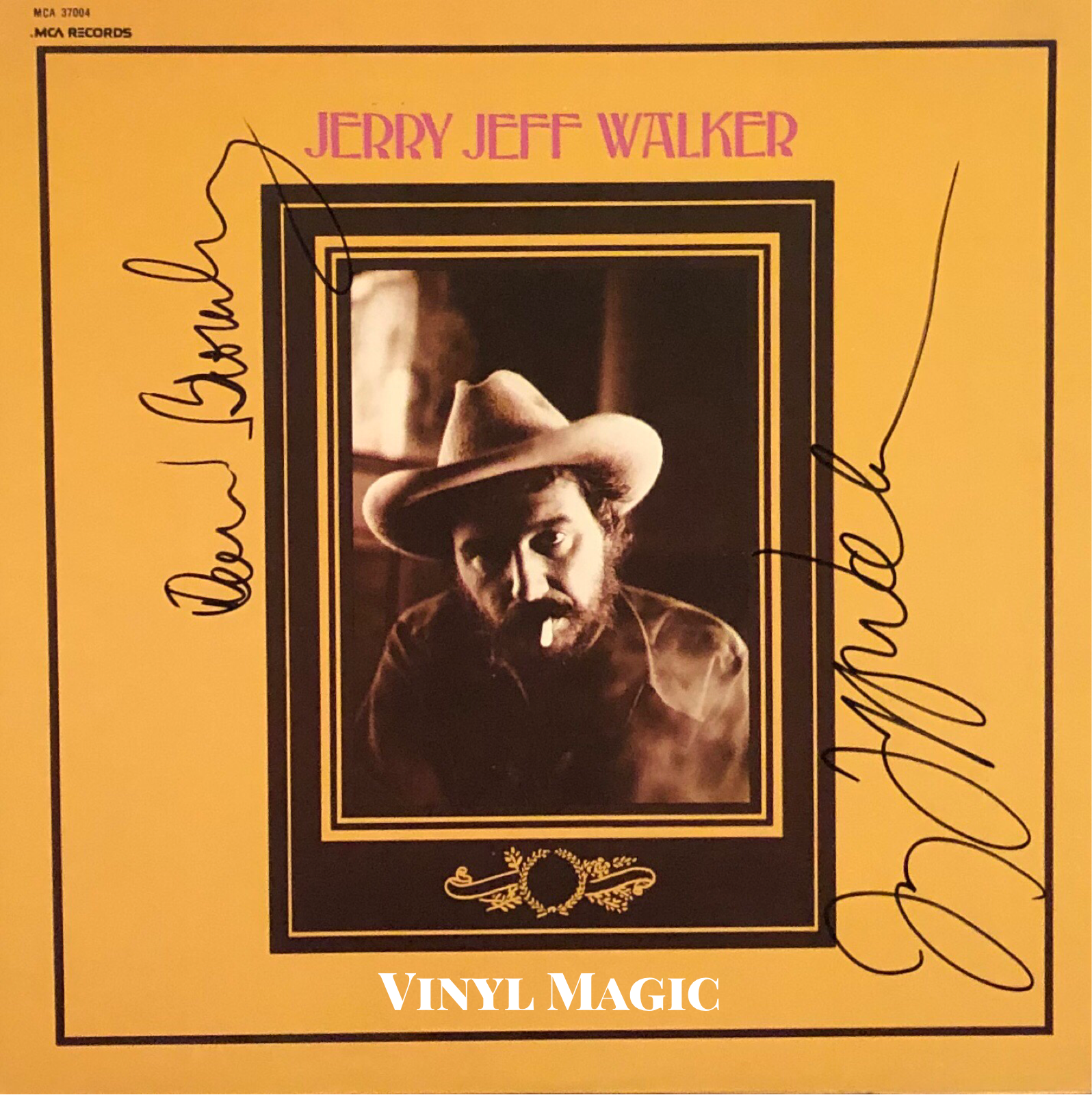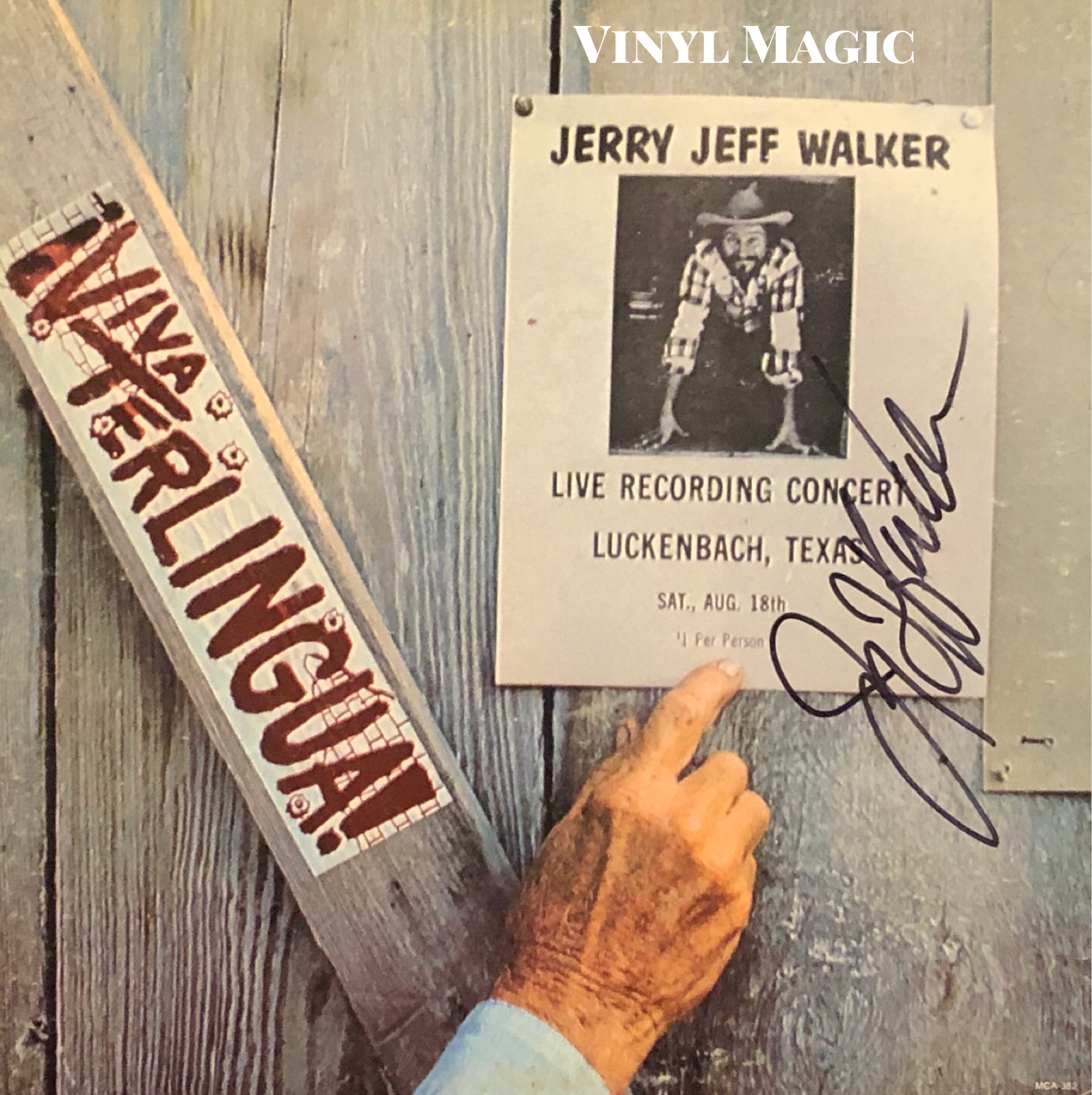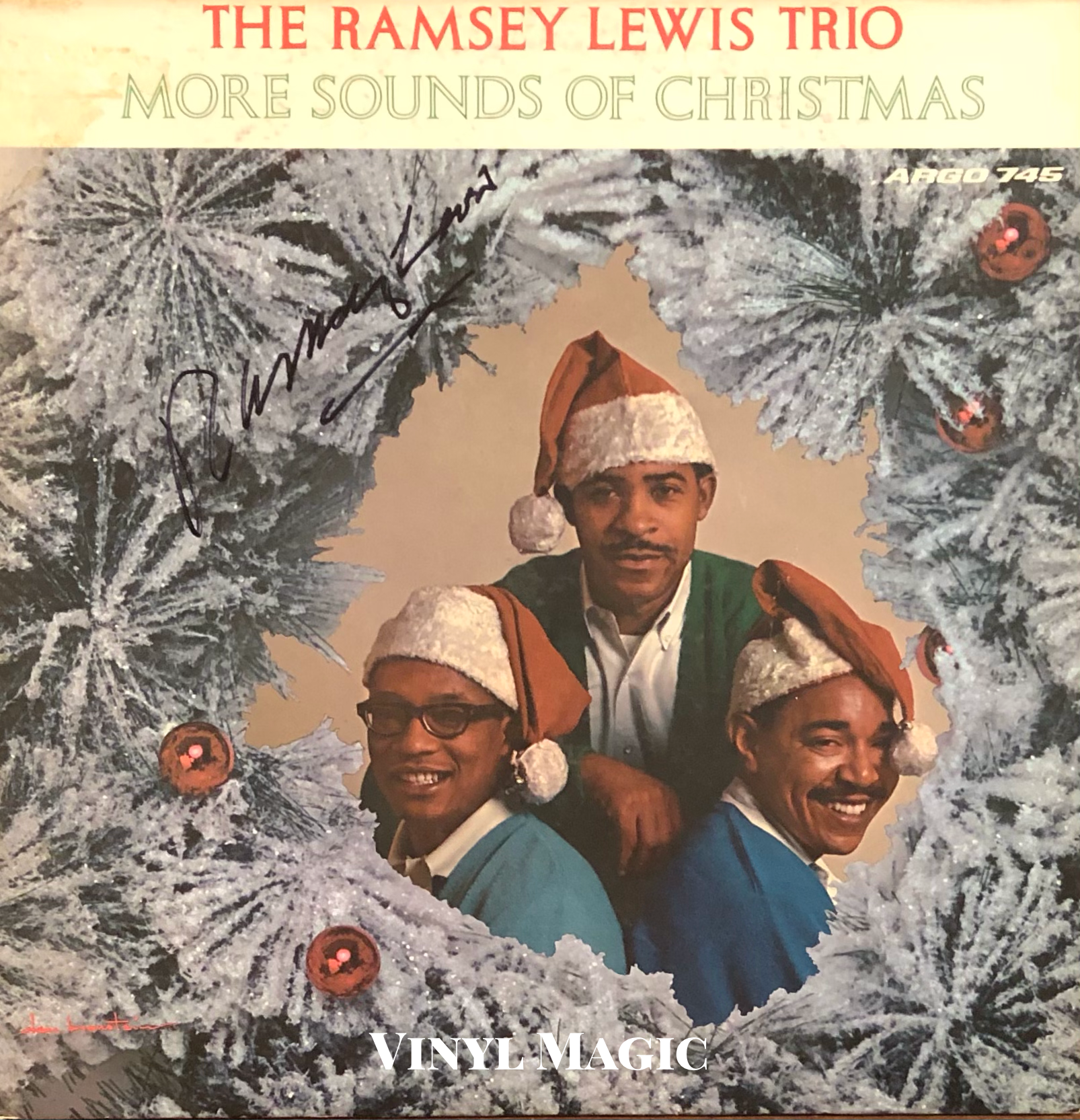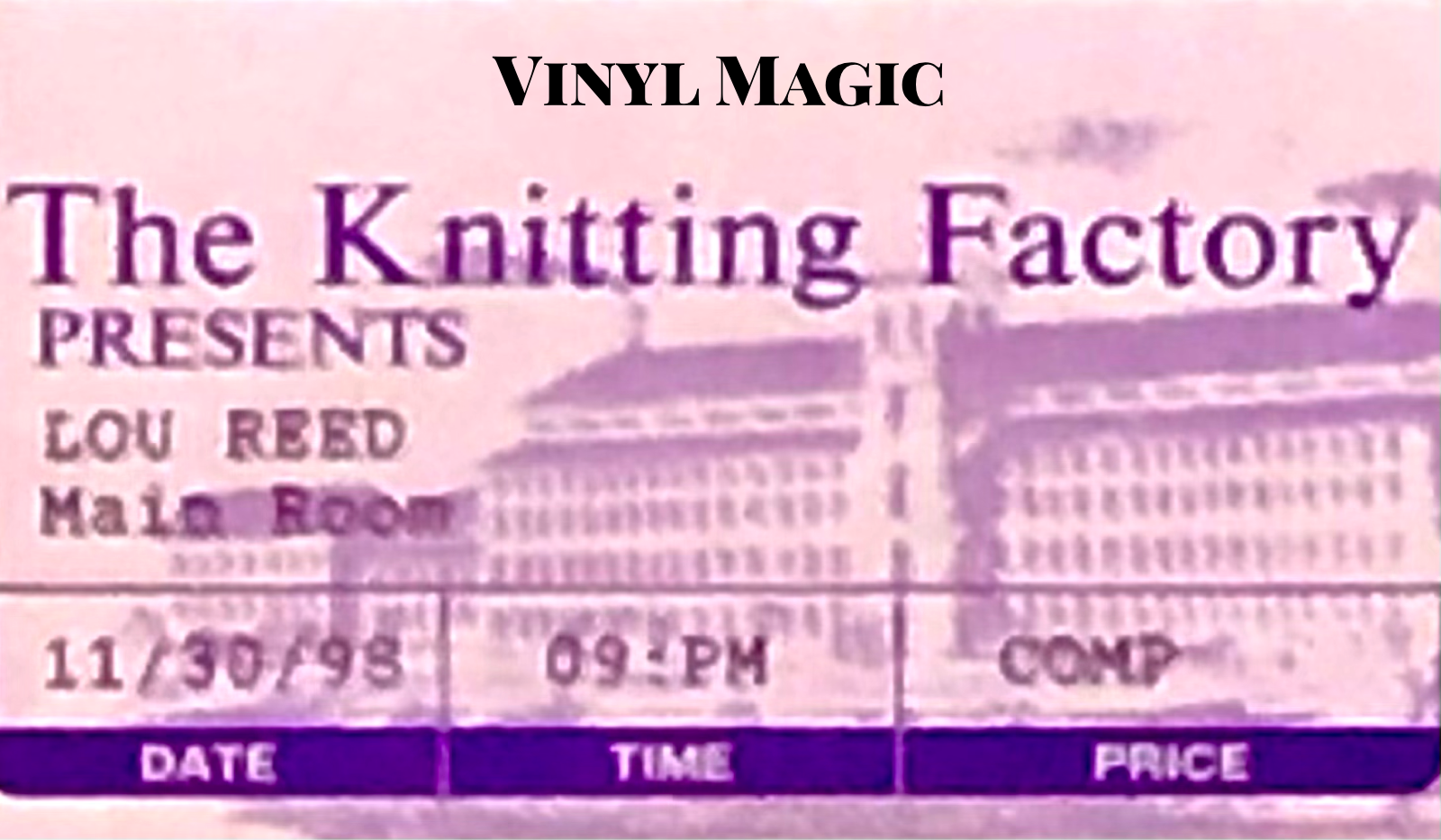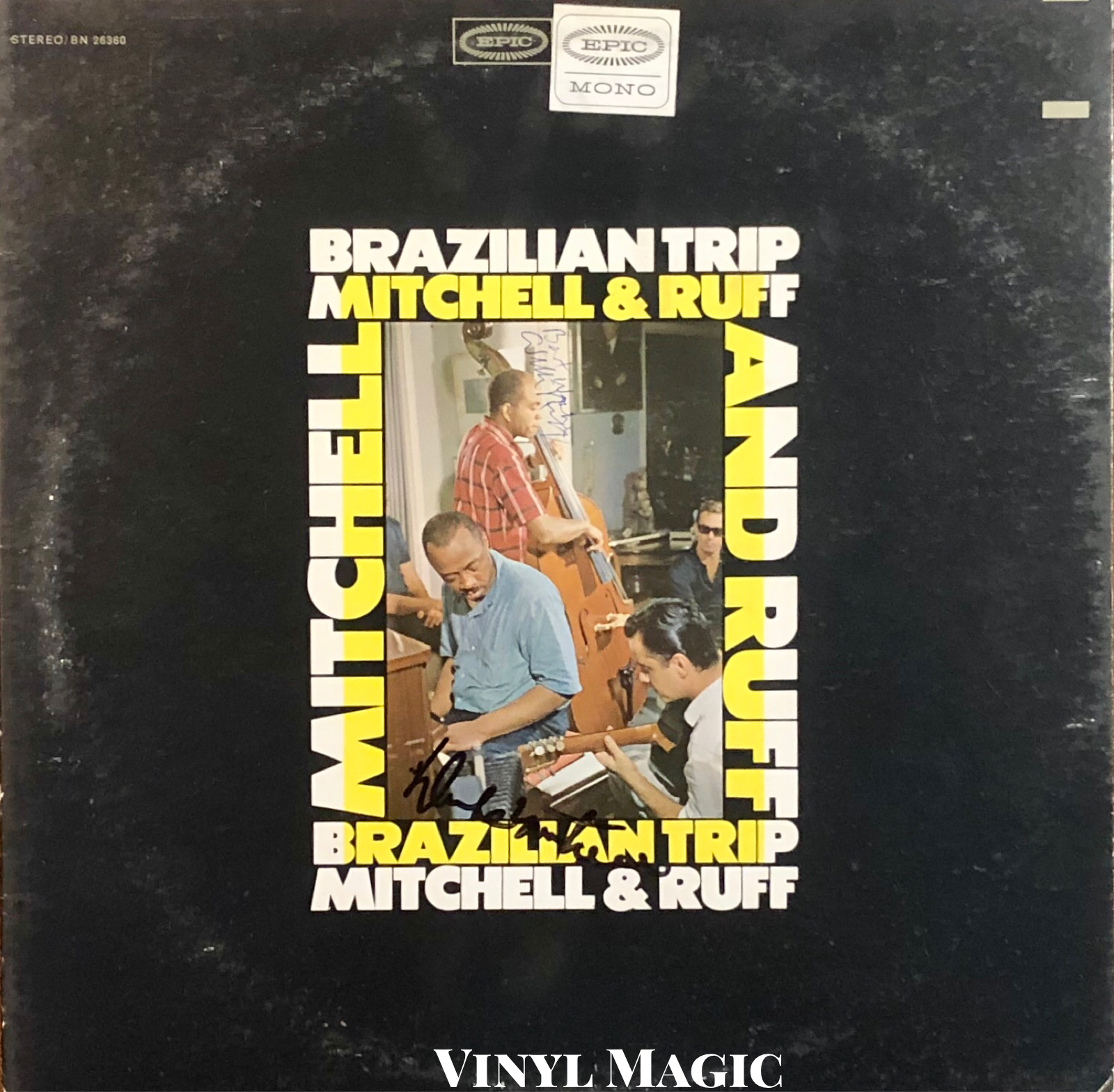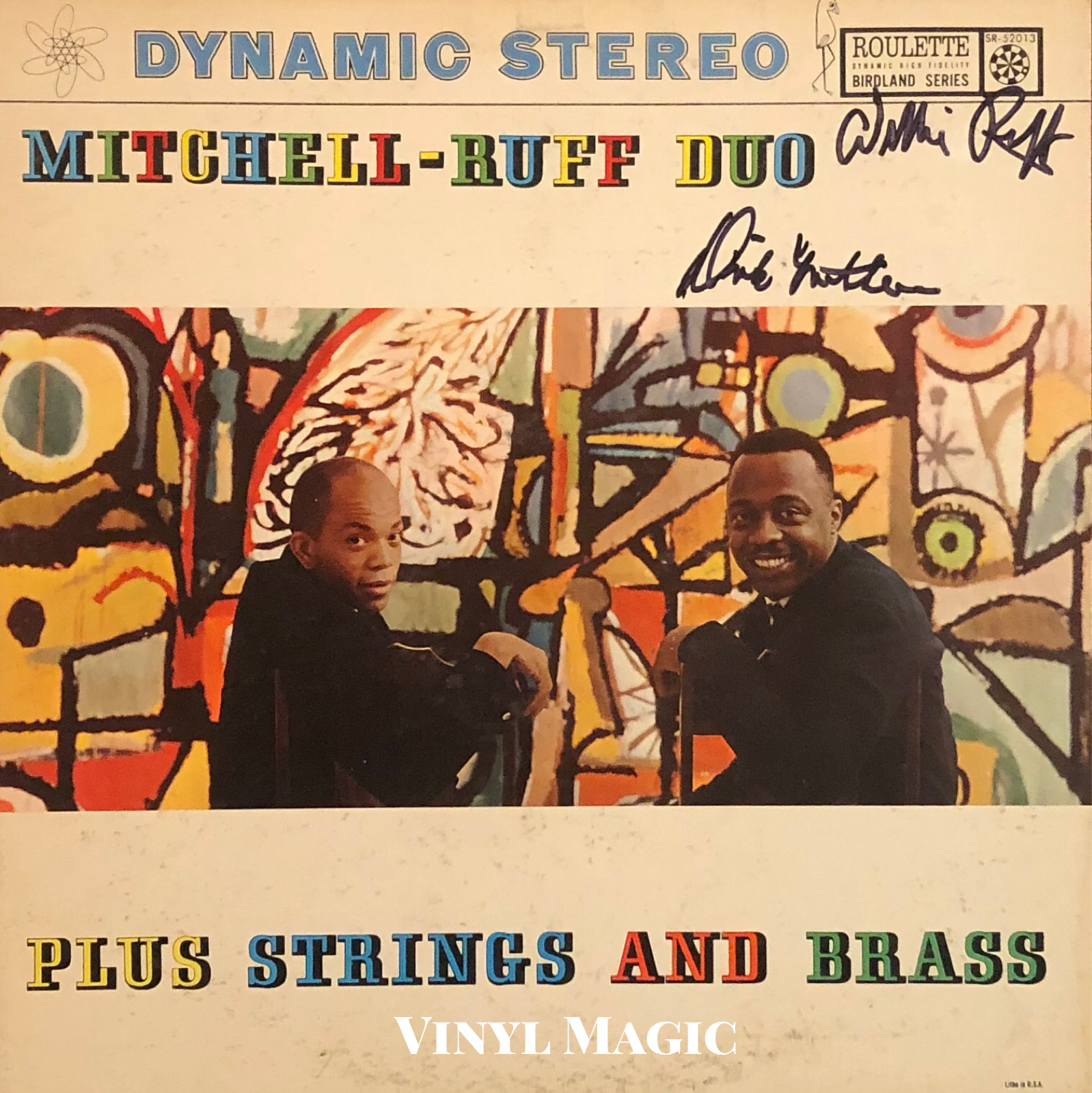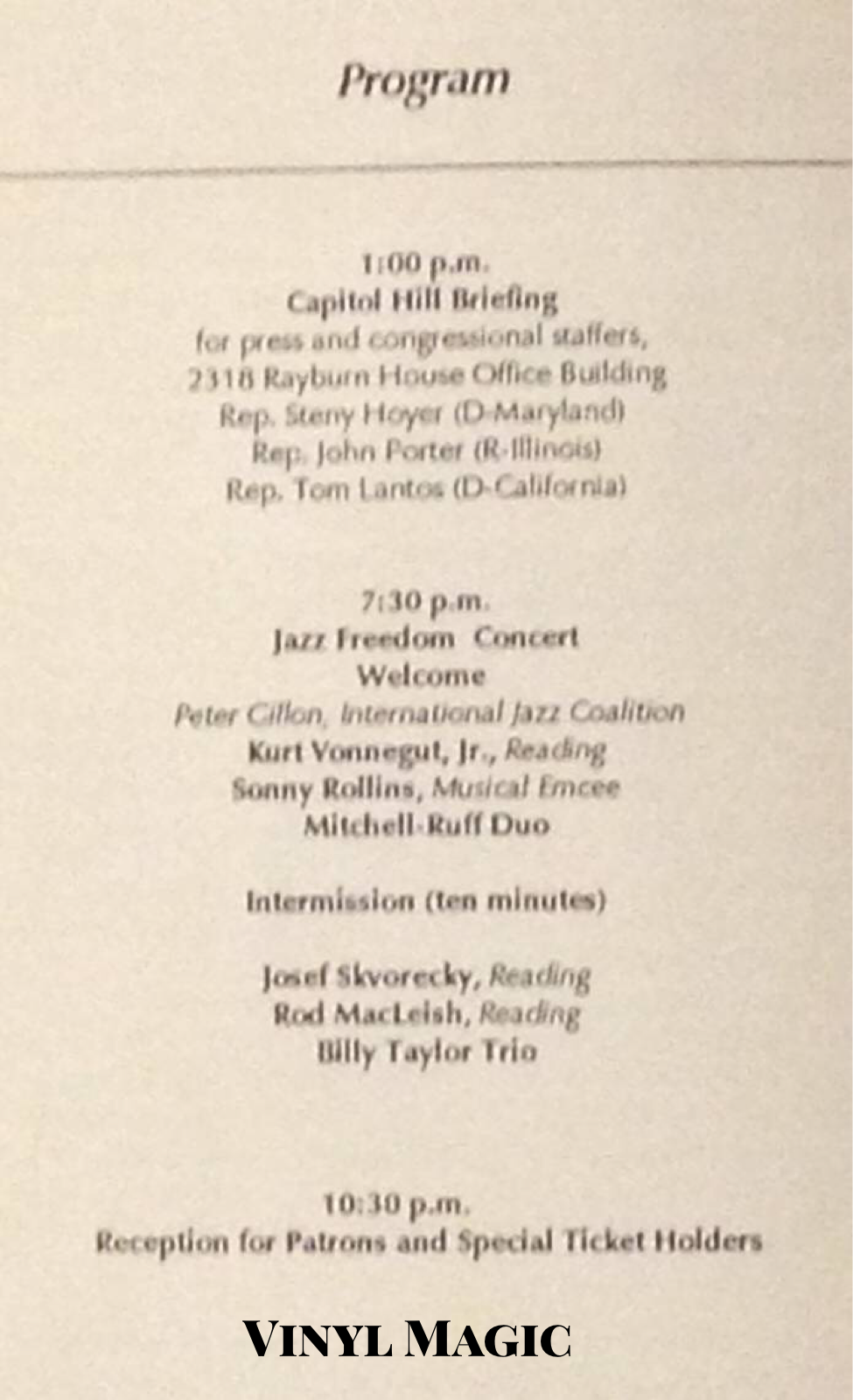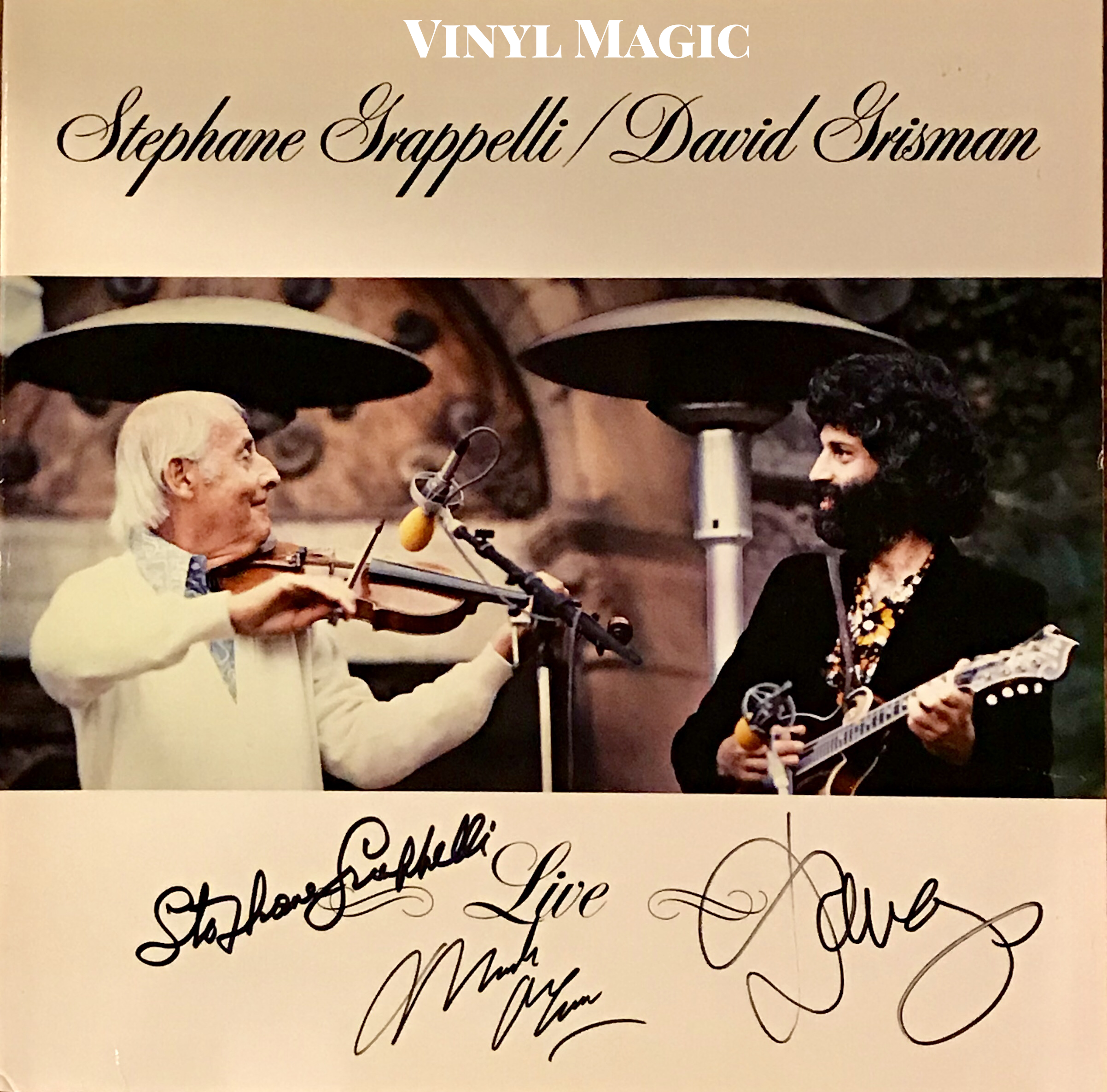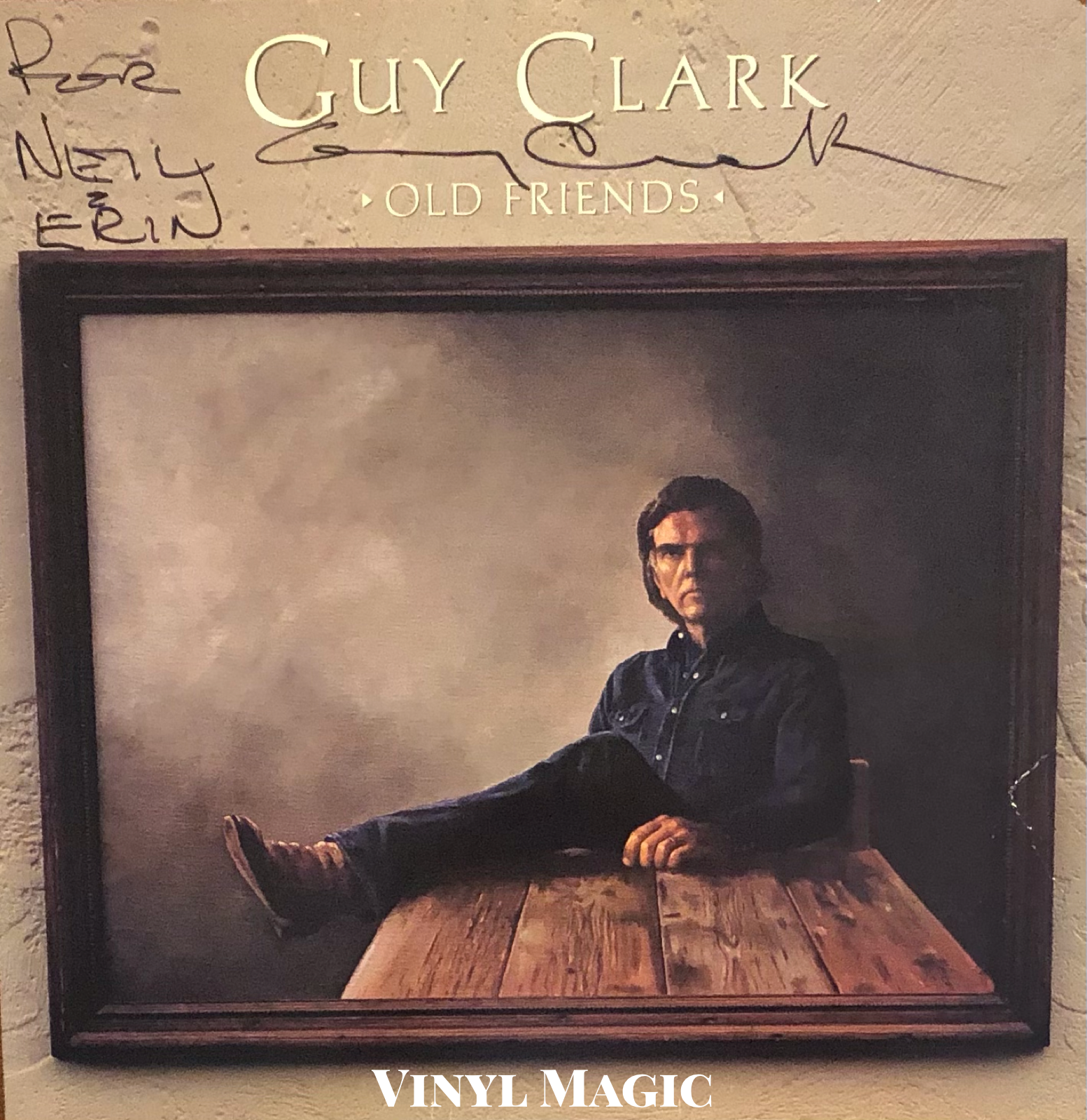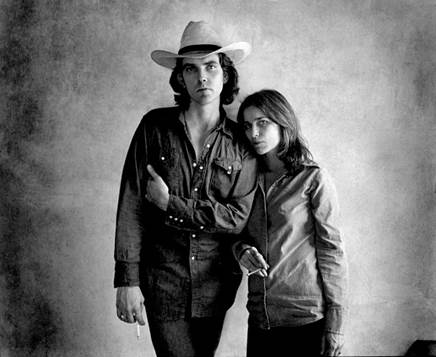Ray Price and Me...
A great American country music singer, Ray Price was born in Perryville, Texas in 1926. When his parents divorced, Ray moved to Dallas with his mother when he was three. Blessed with a mellifluous baritone, Ray started singing honky tonk songs at an early age, and he relocated to Nashville in the early 1950s to pursue his career. Ray was a roommate of the great Hank Williams for a brief time, and they co-wrote "Weary Blues From Waiting", an enduring country standard for which Ray did not get a writing credit as he was signed to a competing label. When Hank died suddenly on New Year's Day in 1953, Ray managed Hank Williams' band, The Drifting Cowboys, with little success. No one replaces Hank Williams. Ever.
Hank ‘n’ Me (1976) signed by Ray
Shortly thereafter, Ray started his own band, the Cherokee Cowboys, and he gave Willie Nelson, Johnny Paycheck, Roger Miller and others their professional starts in the late 1950s and early 1960s. Willie Nelson wrote "Night Life" in 1960 (which he sold for $150!), and it became one of Ray's biggest hits and has been covered by everyone from B.B. King to Frank Sinatra. Ray was very influential in Nashville, helping younger, (then) unproven songwriters like Willie, Roger Miller and Kris Kristofferson find major audiences with his hit versions of their songs. His 4/4 phrasing with a walking bass line became so well known it was called the “Ray Price Shuffle.” It has become the honky tonk singer's standard meter and phrasing. He also pushed Country music into lush orchestral arrangements with songs like "Danny Boy" and "For The Good Times", which reached #1 on Country charts and #11 on Pop charts and sold over 11 million copies in 1970, a rare crossover hit.
Night Life (1963) signed by Ray
In 2000, I saw Ray perform at the Bottom Line, a small though storied club in NYC with seats for five-hundred. This was Ray's first performance in New York City in almost forty years, and he was in surprisingly great shape vocally. His smooth and soulful baritone was intact, and he had a great band playing with him. He sang many of his hits, "Heartaches By The Numbers", "City Lights", "Release Me" , "For The Good Times", and some newer material including a tender and heartfelt "I Wish I Was Eighteen Again." Don’t we all!
For The Good Times (1970) signed by Ray
As the show ended, the house lights came on, and I slipped backstage to get some albums signed. As I made my way, just to the left of the stage in the dark, stood a solitary man. Ray Price. I almost ran over him in my haste. He looked so timid and uncertain in the shadows. The supreme confidence that he exuded onstage minutes earlier had vanished. Ray was alone in his solitude. He trembled a bit as he reached for the albums. His eyes were watery and worn. I told him how much I enjoyed his concert and how great it was to have him back in New York City. He smiled wanly and said, "Thank you very much." He was so polite and gracious, ever the courtly, southern gentleman.
San Antonio Rose (1980) signed by Ray, Willie Nelson
Ray came back to perform in NYC one last time in 2009, when he was touring with Merle Haggard and Willie Nelson in support of their release Last Of The Breed, a great collection of country standards, weepers, and grim reapers. When the tour concluded, Merle Haggard said of Ray: 'That old man gave us a goddamn singing lesson.' He really did. He just sang so good. He sat there with the mic against his chest. And me and Willie are all over the microphone trying to find it, and he found it."
Ray Price’s Greatest Hits (1961) signed by Ray
Ray Price is a singer's singer. Country or otherwise.
The Same Old Me (1966) signed by Ray
Choice Ray Price Cuts (per BKs request)
https://www.youtube.com/watch?v=xUp7esRpjEE
“For The Good Times” live 1972
https://www.youtube.com/watch?v=gVG0-m9eYCQ
“Heartaches By The Number” Greatest Hits 1957
https://www.youtube.com/watch?v=ZjvV37t5UIU
“Night Life” Night Life 1963
https://www.youtube.com/watch?v=ESeyLLz82mE
“Faded Love” San Antonio Rose
https://www.youtube.com/watch?v=H4CG5BC0qR8
“City Lights” live 1962
https://www.youtube.com/watch?v=8TWT0tQO3LA
“I Wish I Was 18 Again” live 2014
https://www.youtube.com/watch?v=C5dI42j36Us
“I’m Still Not Over You” With Willie Nelson 1981
https://www.youtube.com/watch?v=wZO0rl0MNA4
“Is Anybody Going To San Antone? The Heart Of Country Music 1987
https://www.youtube.com/watch?v=qE_UIYV7ayM
“Mansion On The Hill” Tribute to Hank Williams 2009
https://www.youtube.com/watch?v=y9EGDx1LCF0
“Born To Lose” The Other Woman 1965
Another Bridge To Burn (1966) signed by Ray
Born To Lose (1967) signed by Ray































